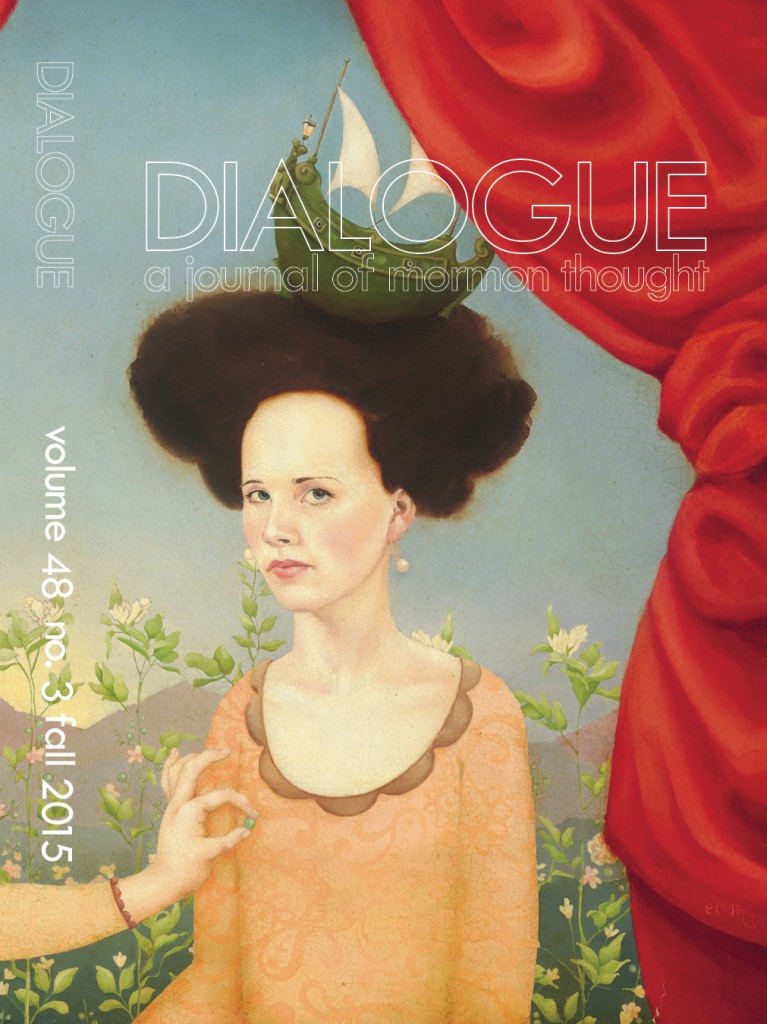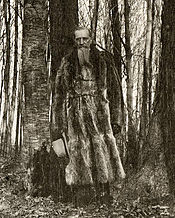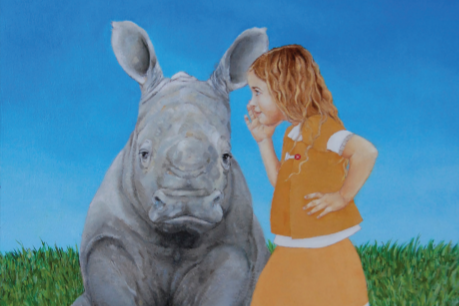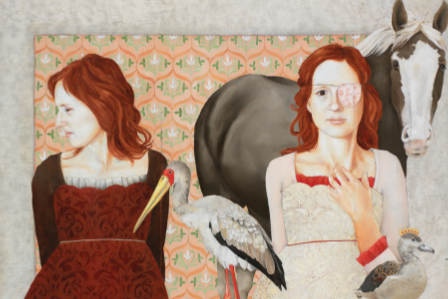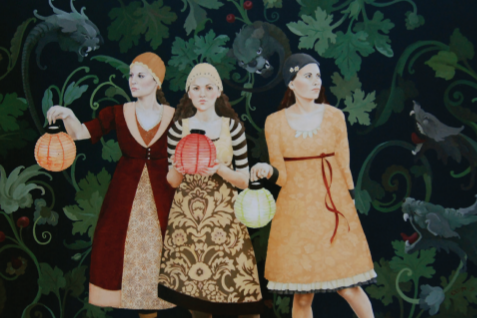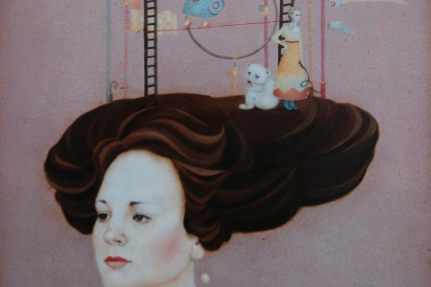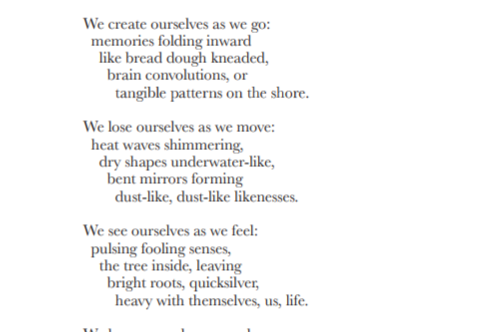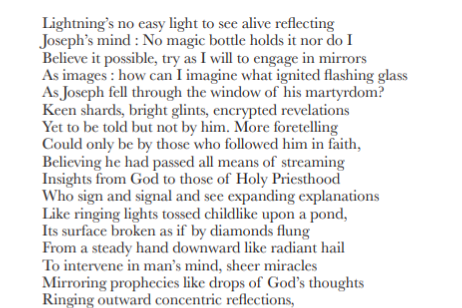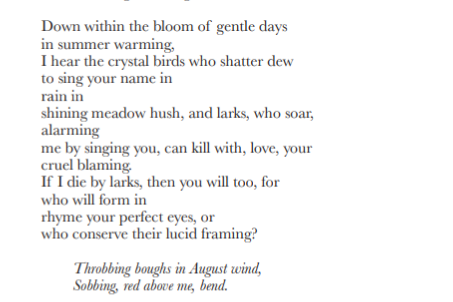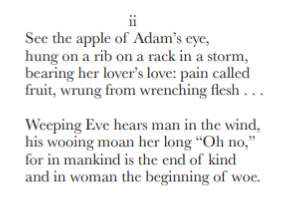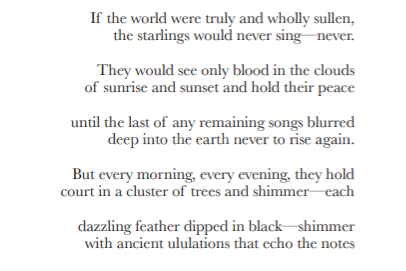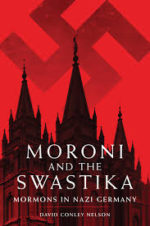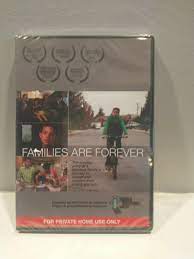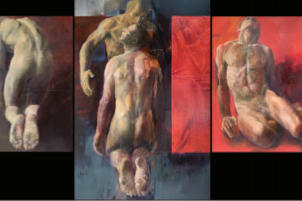The Last Memory: Joseph F. Smith and Lieux de Mémoire in Late Nineteenth-Century Mormonism
Stephen TaysomOn the day after Christmas in 1915, Joseph F. Smith (JFS), then president of the LDS Church and less than three years away from his own death, spoke to a group of people in the Eleventh Ward meetinghouse in Salt Lake City. The past was always important to JFS and as he got older he found himself, usually at the behest of other Latter-day Saints, giving voice to his memories with increasing frequency. JFS accepted the invitation to speak on this day because “[s]ome of the good folks present are anxious to hear something about my early experiences.”Although few things are more common than an old man telling stories about his youth, this event, and the dozens like it that JFS participated in during the last years of his life, was about far more than personal memory.
Read more





